How Shipping Has Shaped And Evolved Through History
16 May 2024
6 Mins Read
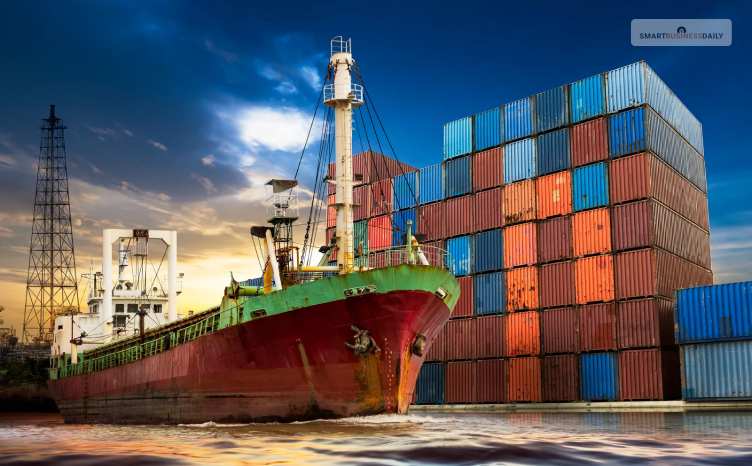
toc impalement
It seems wild to think that the shipping industry has undergone many changes in the past few decades. Industry has started its journey for a long period, a little longer than we can go back in time and track.
The industry has always been meeting the need to move goods from one specific location to another.
Even today, you can place orders through e-commerce, ship, and keep track of the shipment while sitting comfortably at our places.
Over time, container shipping has evolved, shifting from a 20th-century revolutionary concept to a highly sophisticated one. This sophisticated shipping industry has been connecting different regions globally in the present day.
It is worth mentioning that changes have played a pivotal role in the present landscape of logistics and global trading.
Technological advancement and environmental awareness are key players in the latest shipping landscape. Both factors have been promising for great efficiency, Innovation, and the promotion of a green footprint.
Let’s delve into learning how change affected the global shipping industry and the glorious history of shipping. We will also discuss the way it made an impact on the global economy as well as trading.
Early Shipping Methods
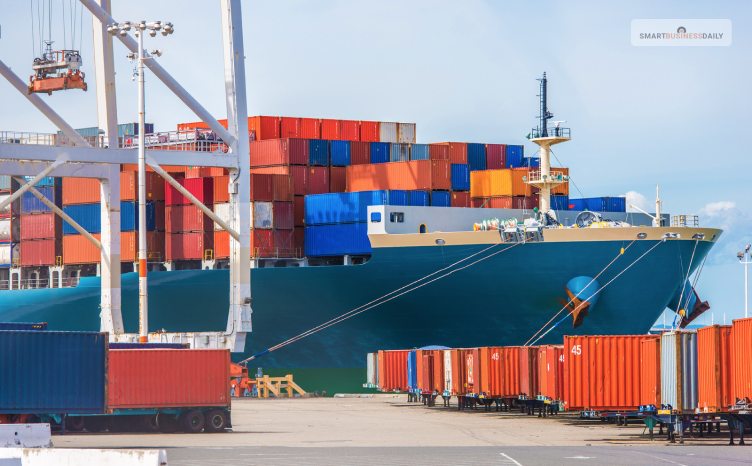
Recently, a fleet of 2000 container ships is highly responsible for transporting billions of metric tons of freight services. With around 226 million containers, the industry moves goods from one place to another, helping individuals and businesses.
In the coming years, the numbers will expand, changing the overall landscape of supply chain and shipping.
This didn’t happen overnight. Before learning about the changes in the shipping industry, we first need to understand the shipping history.
The Method Of Pre-Containerization
Before standardized cargo container shipping became popular, cargo shipping relied on the break-bulk technique. Each piece of goods was loaded onto the ships one by one.
This process became insufficient and took a lot of time. In early times, cargo ships were not designed to achieve optimal efficiency. The loading and unloading process became challenging and required a lot of labor.
Early Cargo Transportation And The Associated Challenges
Some challenges often made the process a little convenient during the early cargo shipping.
Overall Labor Costs
The loading and unloading process required extensive labor support, increasing the shippers’ overall cost.
Theft And Burglary
The goods on the cargo ships were vulnerable to theft during their transition. Several cases of theft and burglary occurred during the loading and unloading of packages.
Damages That Caused To The Goods
There was a lack of good packaging methods and handling issues, leading to the goods’ damage.
Goods and packages were susceptible to damage due to the loading and unloading of the goods and transportation.
Huge Time Consumption During Loading Of Goods
The slow loading process delayed the entire shipment process. Eventually, it became difficult to commit to any kind of on-time delivery.
The consumers gradually felt frustrated, which impacted the reputation of the shipping companies.
Introduction To Steel Boxes
If anybody deserves credit for standardizing the concept of shipping containers, that should be Malcolm McLean. In 1955, this American entrepreneur envisioned using uniform and metallic boxes specially designed to pack goods.
Standardized shipping containers simplified transportation and facilitated efficient ships, trucks, and train transfer. This also helped in minimizing the overall need for manual labor.
1968 ISO, or the International Organization for Standardization, developed the standard container size. The main aim of the process was to facilitate intermodal and intramodal shipping containers, such as trucks or ships, along with other ocean carriers.
They also regulated the specific size of the containers’ internal and external sides and specified the minimum size for door openings.
The containers, such as flat racks, insulated reefers, dry freight, and tank containers, fall under the ISO containers. Alongside this, ISO also sets the norms for the durability and strength of the entire container.
So, we can say that what McLean envisioned and introduced helped achieve a seamless shipping process in steel containers. It also brought about a huge revolution in global trade that was never possible before.
Standardization And Innovation: A Huge Revolution In Shipping
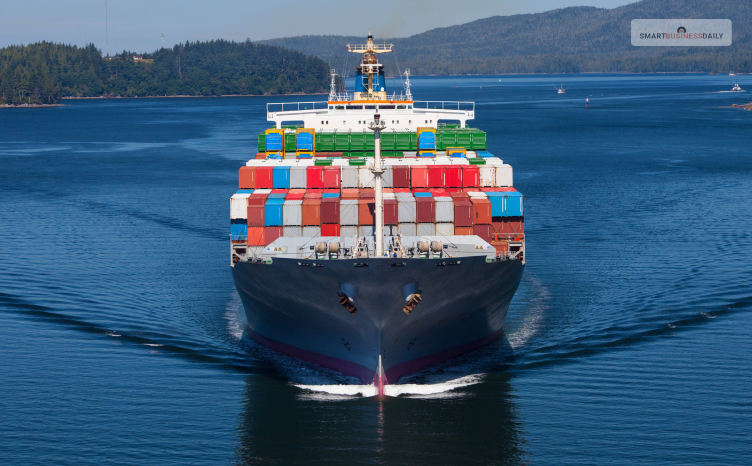
Looking closely, you can see that shipping history is littered with various innovations. But a few made an impact on shipping services.
One of the prime examples of such Innovation is container services and ISO’s standardization of container size.
When containers were not introduced, the cargos were filled with huge boxes, loose goods, and barrels before the 1960s. The loading and unloading of the goods became hectic and required a lot of manual labor.
The introduction of steel box containers made the shipping process much easier. They helped stack the containers one by one and transit all the goods effortlessly without causing any damage to them.
The businesses then agreed on standardizing the container size, as it helped them properly pack and handle the goods. Later, the shipping companies started using cranes, which helped faster loading and unloading of the packages.
Moving goods became much easier and quicker without extra costs or spoilage. This is where transatlantic container services came into the limelight.
The first transatlantic services were launched in 1968, with the best support and efficiency, making a huge contribution to global trade.
These transatlantic services reshaped the package and parcel-moving process. It became much easier and quicker, which helped me manage my time. The consumers were also satisfied with the on-time delivery.
Both Innovation and standardization, together, brought a huge revolution in the history of shipping.
The Modern Shipping Industry
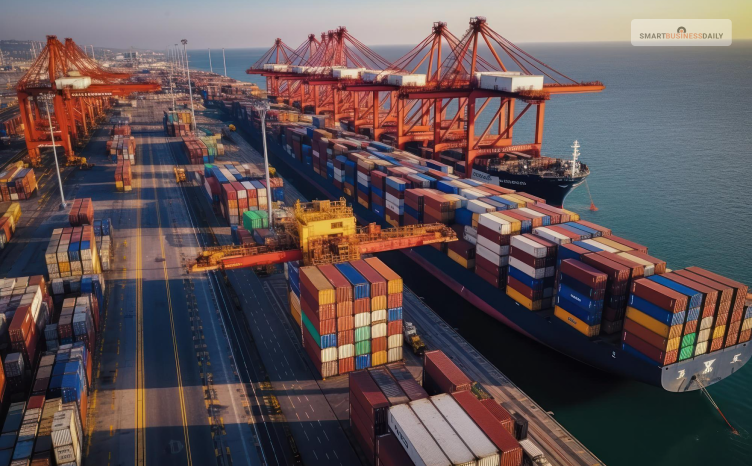
Continuous Innovation and efficiency have influenced the entire history of shipping. This impact continued even in the modern era when global trading and shipping started to grow.
The large companies responsible for the vast fleets took advantage of the innovative shipping companies and offered competitive prices.
However, if we talk about the change in the shipping industry, it will be the standardization and containerization of the shipping process.
The goods are now properly packed in a steel container through these changes. The loading, unloading, and stacking also take less time to finish, dramatically changing the shipping process.
Standardization and containerization helped speed up the shipping time and increase overall shipping efficiency.
Challenges And Criticism
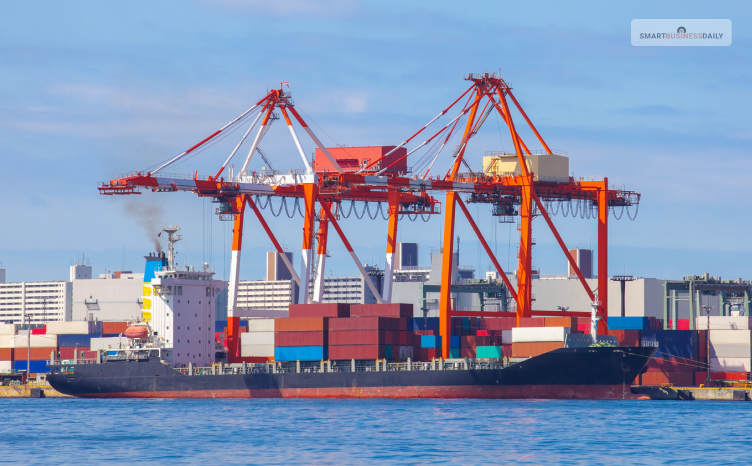
Apart from the benefits of standardizing and containerizing the shipping process, the industry faced many issues in maintaining a balance between economic and environmental impacts.
In today’s time, the price war created a huge issue in the shipping industry to take control of the sea. This was one of the significant challenges the industry has faced in shipping history.
Another issue that requires major attention is the need to adopt clean fuel.
In this era, every industry is focusing on adopting sustainability and eco-friendly practices. Considering the same need, the shipping industry also requires them to minimize their footprint.
Yes, Innovation has been a huge player in this transformation game. However, the industry must adopt green innovative solutions. In this way, they can contribute to a sustainable future.
Future Trends In Shipping
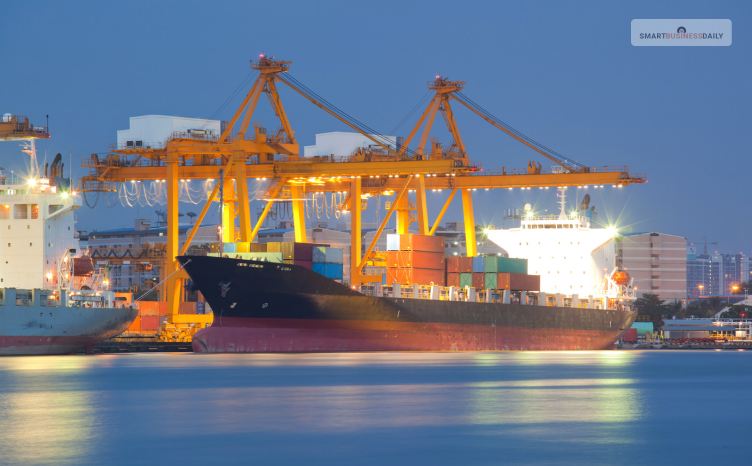
Innovation and adaptation have played a very significant role in the history of shipping. From using wind-powered vessels to introducing huge container ships, the industry has gone beyond its limits.
Given the industry’s consumption of drastic changes, we can all agree that the future of the shipping industry is going to be dramatic. In the coming years, the shipping process will go crewless. Battery-operated ships will work for transit.
Using blockchain technology will help the industry take a break from traditional paper, digitalizing the steps. This can bring a potential revolution to the future of the shipping industry.
Lastly, refrigerated shipping shows how the industry has been able to ship perishable food overseas. This is more like a dream come true moment for the shipping industry, solidifying its achievement in harnessing technology.
These trends will play a pivotal role in the shipping industry. The trends will add more value to the process, making it more dynamic in nature.
Moreover, the trends will help to achieve economic success, revolutionizing global trade.
In Summary
From the early oars to the modern giant containers, the shipping industry has undergone a massive change, revolutionizing global trade.
Digitalization has played an immense role in increasing the potential of the shipping industry and replacing traditional practices. Technologies such as supply chain and blockchain, automation, and others will bring more transparency and efficiency to the shipping process.
If they continue to foster Innovation and adaptability, they will be able to improve the efficiency of their services. This will also add more value to the history of shipping and maritime commerce.
I hope this article has been helpful for you to learn about the history of shipping and how the transformation helped to reshape the industry.
Read Also:
















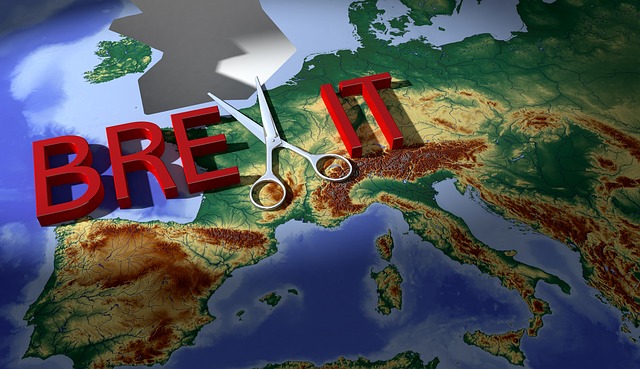

Comments Are Closed For This Article